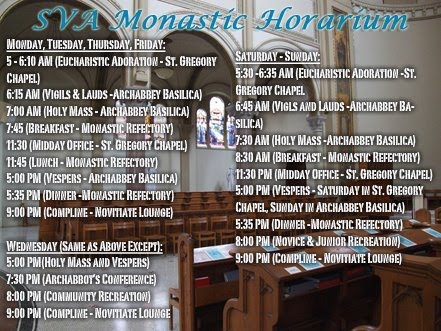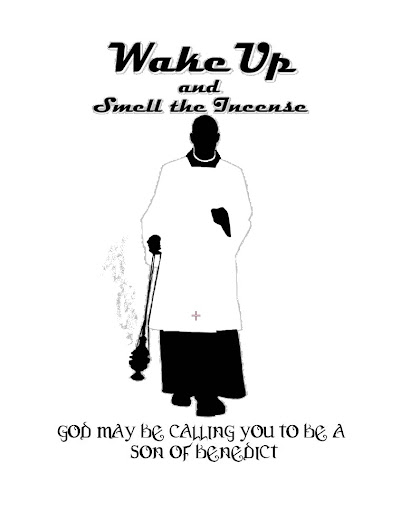The history of Gregorian Chant begins before the birth of Christ. Chant is based upon the songs sung in the synagogues and Middle Eastern countries. It’s fascinating to know that some of today’s chants are based upon the actual songs which Jesus sang when he was living in Jerusalem.
Gregorian Chant was adopted by the Christian Church in about the 6th Century and it quickly became an essential part of Christian worship. It was named after Pope Gregory the Great who unified all the chants into one collection. This soon became an essential part of monastic worship and monks would write new chants and take them from monastery to monastery.
Eventually there was sufficient Gregorian Chant for all the services – approximately nine a day, seven days a week and even more on great feast days. In the early days the chant wasn't copied into books. It had to be memorized and it would take monks many years to learn all the different songs. Eventually they worked out a way to write music down, and words and notes were copied into one large book which all the choir monks would gather round and sing from.
After many centuries plainchant became very complex, and people would even sing bawdy lyrics to the chants. By the way, the name "plainchant" doesn't mean the music is boring! Quite the reverse - it's from the old French "plein chant" meaning "full singing".
Many different styles of performance came into being and it wasn't until the 19th century that the monks, like Gregory the Great, began to seek a single method of performance which reflected what was known about early methods of chant singing.
There's a famous monastery in France at Solesmes, and its monks became responsible for the restoration of Gregorian Chant as you hear it today - on CDs and radio. They worked out a very artistic method of singing it and a new method of writing it down. They then produced books which contained the fruits of their scholarship. Their theories were adopted by monasteries throughout the world.





















